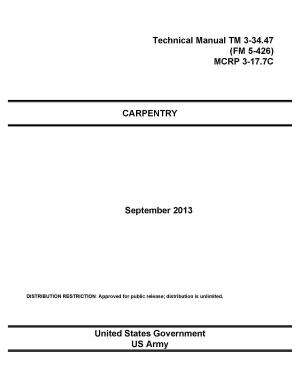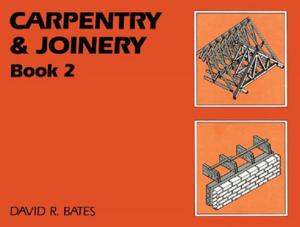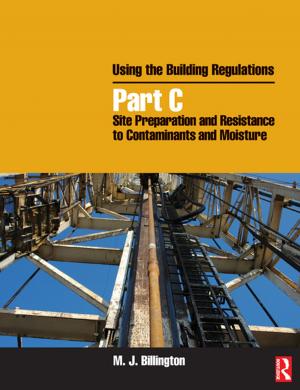| Author: | Jim MacLachlan | ISBN: | 9781370790128 |
| Publisher: | Jim MacLachlan | Publication: | September 1, 2017 |
| Imprint: | Smashwords Edition | Language: | English |
| Author: | Jim MacLachlan |
| ISBN: | 9781370790128 |
| Publisher: | Jim MacLachlan |
| Publication: | September 1, 2017 |
| Imprint: | Smashwords Edition |
| Language: | English |
Carpenter bees look similar to big bumblebees & they're pretty innocuous for the most part. Like most bees, they're an important part of the ecosystem, so I don't go out of my way to kill them unless they're causing a problem, which they certainly do when they build their nests in my buildings. I don't like using pesticides & many aren't particularly effective since the bees don't eat the wood they're boring into. They just crunch it into sawdust & shove it out the hole which is why they'll bore into treated wood. Effective pesticides are pretty nasty & only work for a short time, so I think the best way to stop them is to plug their holes & trap them. These are the plans for a couple of different traps; one using 2x4 scraps, the other a bit of tree branch.
The basic idea is simple. The bees find a nice chunk of wood with premade holes that lead to a glass jar. They land on the outside of it, climb up into a tunnel that leads up at about a 45° angle to another that goes straight down through a jar lid into daylight. Unfortunately for them, they're stuck in the jar until I get around to emptying it & killing them. I've never seen one find its way back out.
Carpenter bees look similar to big bumblebees & they're pretty innocuous for the most part. Like most bees, they're an important part of the ecosystem, so I don't go out of my way to kill them unless they're causing a problem, which they certainly do when they build their nests in my buildings. I don't like using pesticides & many aren't particularly effective since the bees don't eat the wood they're boring into. They just crunch it into sawdust & shove it out the hole which is why they'll bore into treated wood. Effective pesticides are pretty nasty & only work for a short time, so I think the best way to stop them is to plug their holes & trap them. These are the plans for a couple of different traps; one using 2x4 scraps, the other a bit of tree branch.
The basic idea is simple. The bees find a nice chunk of wood with premade holes that lead to a glass jar. They land on the outside of it, climb up into a tunnel that leads up at about a 45° angle to another that goes straight down through a jar lid into daylight. Unfortunately for them, they're stuck in the jar until I get around to emptying it & killing them. I've never seen one find its way back out.















